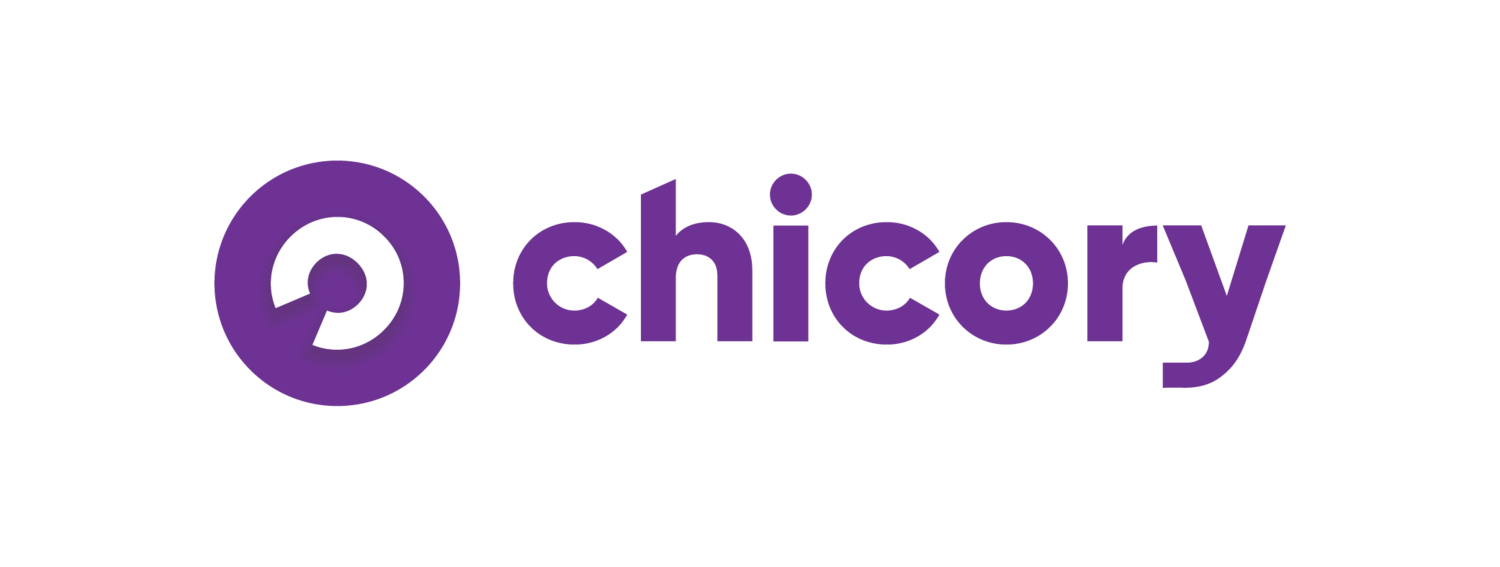Industry Trends: Consumers Embrace Non-Alc Alternatives
By Katherine Meyer, Product Marketing Manager at Chicory
Sober-Curious & Shaken Up
As consumer priorities evolve, so does the drink menu. No longer seen as a 21+ rite of passage, alcohol is dwindling as a central role in society—especially among Gen Z, who are redefining social norms and proving that not every occasion has to revolve around alcohol.
The once-niche world of mocktails and non-alcoholic beverages has blossomed into a full-fledged industry, one driven by wellness trends, lifestyle shifts, and a demand for elevated, alcohol-free options that don’t fall short on quality.
A Billion-Dollar Buzz-Free Industry
Non-alcoholic beverages aren’t just a fleeting fad. In 2023, the mocktail industry was valued at $8.2 billion and is projected to grow at a 5.7% CAGR by 2030. Much of this growth is spawning from interest from an inspired new drinking-age generation. In fact, one in three Gen Z consumers is open to trying new drinks that support their sober-curious lifestyle.
Brands and retailers can leverage contextual commerce solutions to meet these consumers where they are, in an inspired mindset.
The non-alcoholic beer category alone is expected to reach $5.5 billion by 2034, as brewers recognize the growing thirst for better-for-you beverages. Across generations, people have fallen in love with the malt and hops tastes. As consumers reduce alcohol intake, preserving that flavor is a top priority when they consider alternatives.
Plus, drinking less does not always correlate to being less social, but it does help consumers remain clear-headed in social situations. 60% of Americans believe low- and no-alcohol beer can be a viable solution to accomplish drinking in moderation. Non-alcoholic beer brands can tap into this mindset by positioning their products around social occasions, offering a compelling alternative for mindful consumers.
Healthy Mindset
We are learning more and more about the short- and long-term side effects of alcohol. The sober-curious movement is fueled largely by the rise of health-conscious consumers. In fact, 39% of those exploring reduced alcohol consumption cite physical health as their top motivator, while 29% focus on mental wellness. With 71% expressing concern about the long-term health effects of alcohol, it's clear the mindset shift is more than a trend—it's a lifestyle change.
Consumers Are Getting Creative
We know the younger generation loves their sweet treats. So it isn’t about cutting out fun; it’s about adding flavor.
From “Blood Orange Mocktail Spritzers” to “Espresso Mocha Crunch Mocktails,” today’s recipes feature bold ingredients like cinnamon syrup, rosemary, grapefruit juice, and even smoked paprika. They’re sophisticated, refreshing, and designed to feel like a treat—not a compromise.
Young, sober-curious drinkers are taking innovative approaches to creating fun and flavorful beverages for a satisfying experience, adding to the ever-changing trending content – take the viral Sleepy Girl Mocktail for example.
Mixers, juice, soda, and other similar product brands can tap into the non-alcohol craze by featuring their products in unique mocktails and staying on top of trends.
Hybrid Habits Are Here
Interestingly, 82% of consumers who buy non-alcoholic beverages also buy alcoholic ones. This leaves room for flexibility. This hybrid approach to drinking is less about restriction and more about balance, like swapping in a mocktail during a weeknight dinner, choosing a CBD-infused spritz to wind down, or skipping booze altogether for Dry January (which saw a 93% spike in alcohol-free recipe interest in 2025 across Chicory’s network, compared to the prior year).
More Than Just a Moment
With mocktail searches surging across Chicory’s network of over 5,200 recipe sites, and brands increasingly innovating in the THC- and CBD-infused space, non-alcoholic options are no longer an afterthought—they’re becoming a staple in society. Low- to No-alcohol consumption is an intentional choice that consumers are making everyday, and they are constantly looking for new ways to accomplish this.
Whether driven by health, mindfulness, or simply a craving for something new, today’s consumers are raising a glass to choice, creativity, and control.
Contextual Commerce Media: Connecting With Sober-Curious Consumers
You can reach this sober-curious audience in the inspired mindset by aligning your brand with relevant recipe and food planning content. 91% of consumers use online recipes for meal planning, creating the perfect environment to influence health-conscious decisions.
Want to learn more about how brands and agencies are tapping into the non-alcoholic movement with contextual commerce media? Read here about Chicory’s innovative ad suite for advertisers, or reach out to set up a time to chat today.












